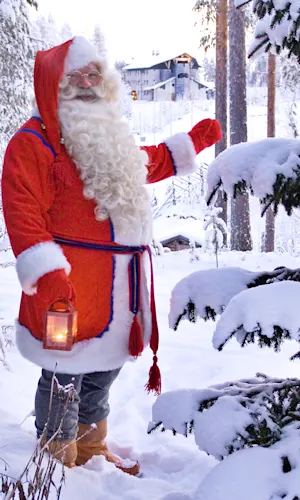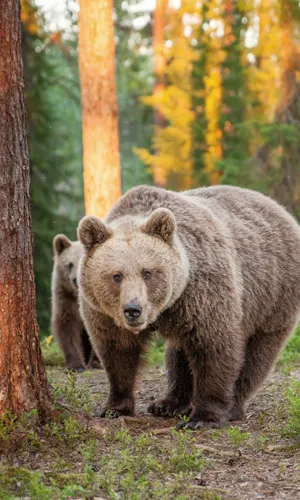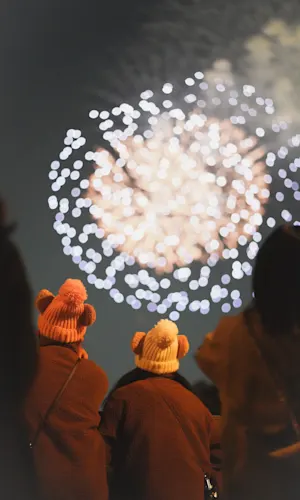Kajaani
Kajaani - your Christmas gateway.
Kajaani is in the province of Oulu and is the capital of the Kainuu region. It has approx. 35 000 inhabitants and is a central shopping town of the region.
It is the base town of arrival for some of our Finnish Christmas tours and the airport is 7 kilometres northwest from Kajaani city centre. There is a taxi stand at the airport. Taxis are always available at the time plane arrives.
Attractions in Kajaani:
-
Kainuu Museum is the regional museum of Kainuu. Temporary exhibitions introduce both international and local art and culture to an audience as wide and varied as possible.
The museum holds a basic exhibition on the history and culture of the Kainuu region, from prehistoric times to the mid-20th century. Temporary exhibitions can be found upstairs and in the small gallery room downstairs. -
The Kajaani Castle was built in the beginning of the 17th century and was destroyed in the Great Northern War in 1716. The unrest in Russia in the 17th century accelerated the progress of building the Kajaani Castle. The castle was needed to stabilise the Lake Oulujärvi region and at the same time, to preserve the vital waterway between Ostrobothnia and Russian Karelia (i.e. River Kajaaninjoki), which was normally used by Russian traders.
In the 1660’s the castle controlled Swedish frontiers in the east as well as protected the Gulf of Bothnia coast. The castle was also used as a prison. Famous prisoners in the castle included doctor Johannes Messenius and poet Lars Vivallius.
The Russian beat the Finnish army in the battle during the Great Northern War in 1714, a period also known as the Great Wrath. The Russians destroyed parts of the Kainuu region in order to invade Kajaani. The commander of the castle heard about the plan, however, and warded off the first attack. In December 1715, Commander Tshekin arrived with his cavalry of 4,000 men. The Russians laid siege to 50 rangers and approximately 70 women and children in the castle for about 5 weeks. Finally on 24 February 1716, the residents had to surrender as they had lost all men to battle. The people in the castle were imprisoned and taken to Siberia. The castle was vacated and blown up. Only the ruins of the castle remained but even they were gradually destroyed as the locals picked up rocks for the foundation of their houses.
More information on the castle history: www.nationalparks.fi/en/kajaani




